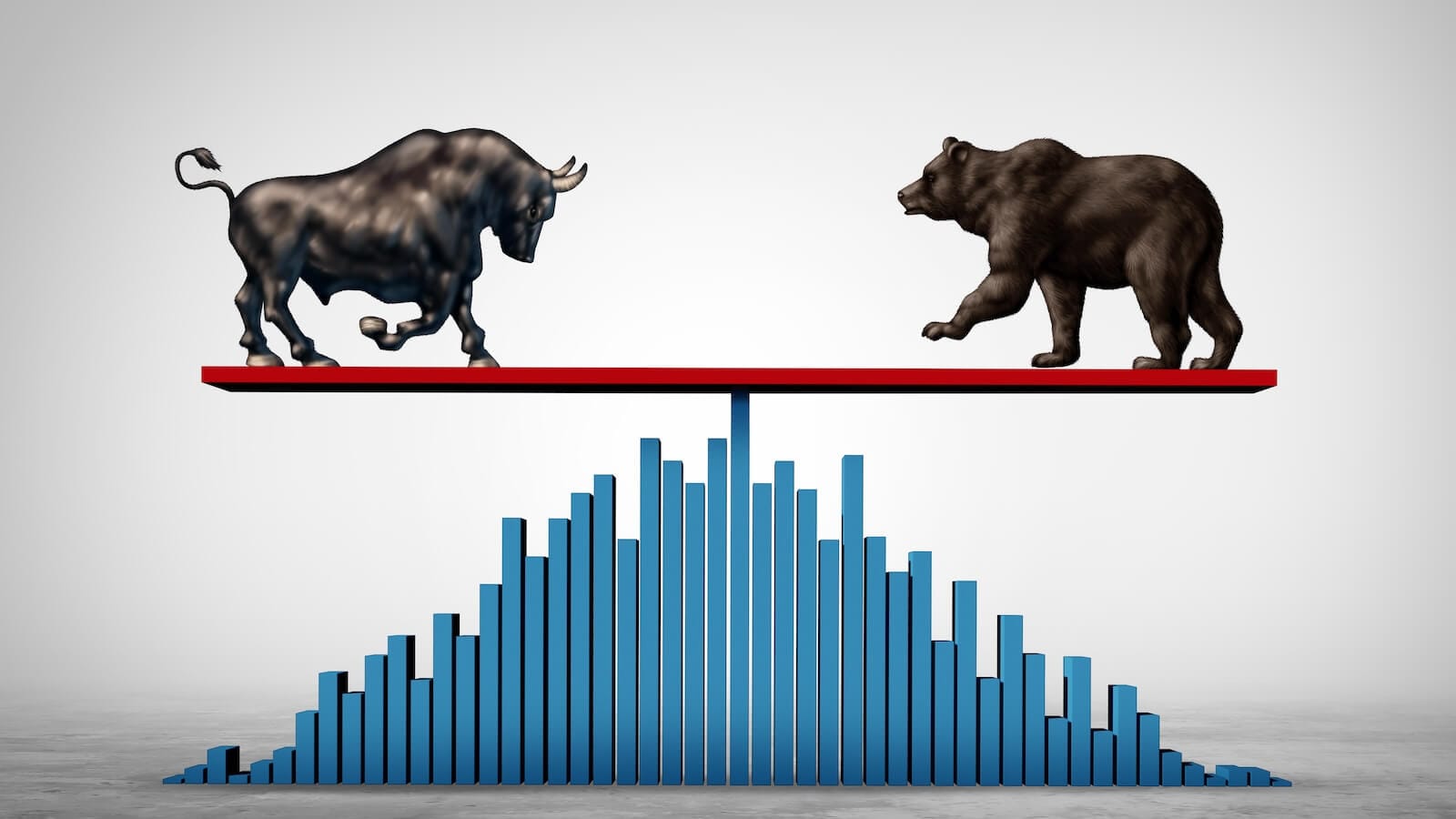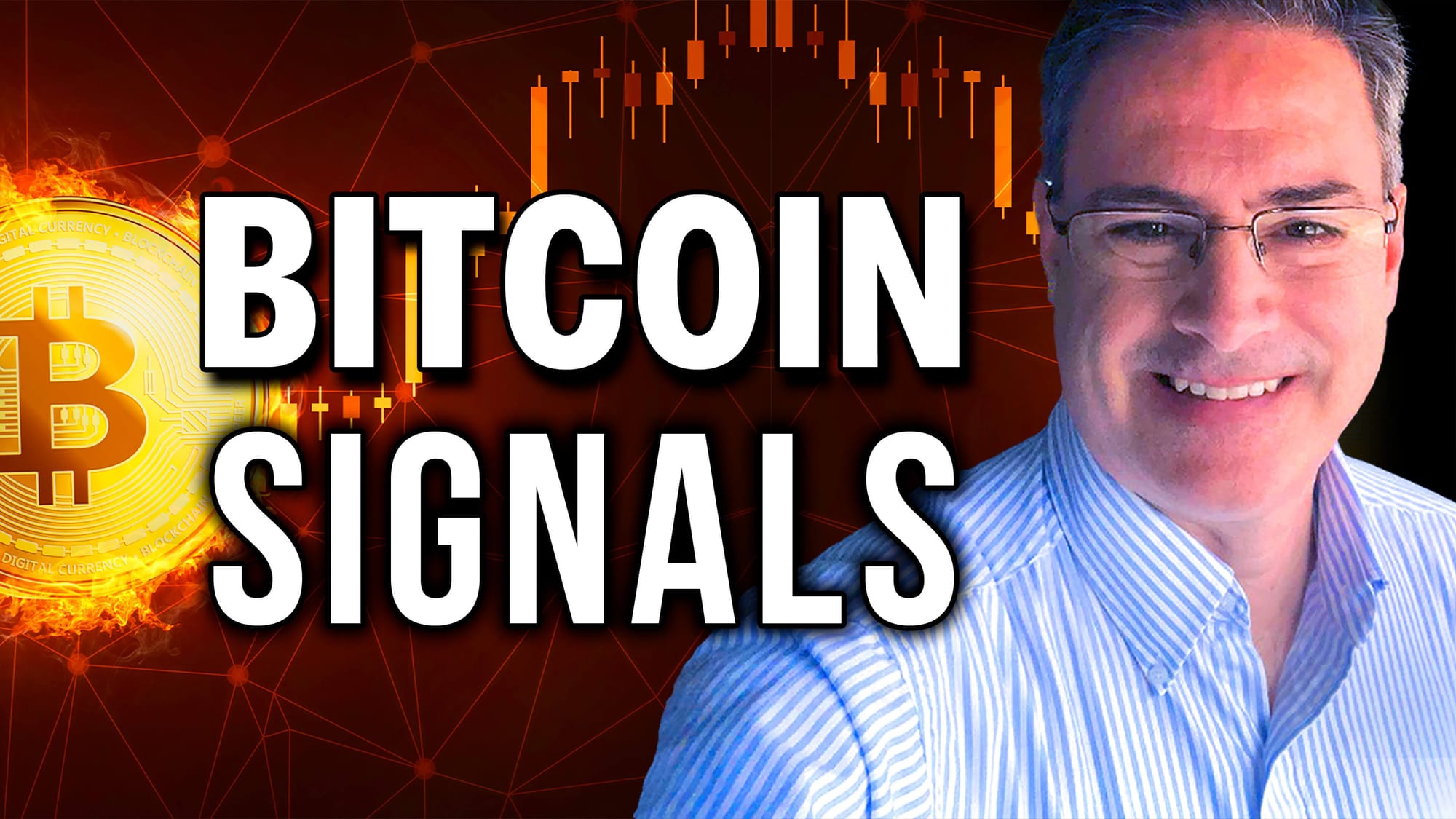This Market is On Track for a 45-Year Breakout
It's not very often that any market experiences a 10-year breakout, let alone a 45-year one. That, however, is what Chart 1 says is about to materialize for the inflation-adjusted gold price.
Since the chart is based on monthly data, we will not know for sure until the end of August when the next plot will be finalized. That's why I used the "on track" caveat in the title. However, as it stands right now, the gold price, when adjusted by the CPI, has broken above the trendline joining the 1980, 2011, and 2020 peaks. That's a huge barrier of former resistance that looks as if it has been overcome. Provided it is genuine, and there are few technical grounds for suspecting otherwise, the breakout has huge implications, not just for gold but for inflation generally, but more of that later.

Chart 2 displays the gold price divided by the US Dollar Index. It shows that the ratio has recently broken out from a multi-year inverse head-and-shoulders pattern and is therefore likely to move higher, regardless of what the dollar itself does. If the Index rises, it will act as a headwind, somewhat limiting gold's advance. Conversely, a weaker dollar will add icing to the gold cake, so to speak.

One attribute supporting higher gold prices comes from recent action from the Gold Bugs Gold Index ($HUI). This index comprises mining stocks that downplay the policy of hedging future gold production. It is therefore a purer and more leveraged play on the actual price than many of the companies included in the Van Eck Vectors Gold Miners ETF (GDX).

Chart 3 shows that the $HUI has recently broken above its secular down trendline, action which is being supported by a positive long-term KST. Its 12-month MA is also in a rising trend, which is another reason for expecting firmer gold prices over the course of the next few months.
Chart 4 tells us that when the $HUI is able to outperform the GDX, this is a positive for gold itself. What's really telling is that gold share investors have a growing level of confidence, since they are favoring the more leveraged $HUI over their more hedged counterparts. This fact is highlighted by the green shadings and green arrows, which highlight when the Special K for the ratio between them is decisively above its signal line. If you are not familiar with the Special K, you can read about it here.

The Potential Gold Breakout and its Inflationary Implications
Our final two charts chart tell us that swings in gold prices have consistently led the CPI. Chart 5 indicates how this happens at cyclical inflationary peaks. The top window features the long-term KST for the gold price. The red arrows join the KST peaks to the cyclical high points for the annualized CPI; they slant to the right because gold momentum consistently leads the CPI at inflationary peaks. The dashed arrow in 1987 reminds us that this is not a perfect relationship. The 1991 arrow also lags very slightly.
By and large though, peaks in the gold KST consistently lead those for the CPI. These leads vary from cycle to cycle, though there is a rough correlation between the height at which the downside reversal takes place and the size of the subsequent CPI drop. The KST peaked in December 2020 and the CPI in the middle of 2022 for an approximate 18-month lead time, but what of the reverse situation?

For that, we refer to Chart 6, where the green arrows connect gold momentum low points to those for the annualized CPI. Once again, gold reverses ahead with varying lead times. The smoothed gold momentum bottomed in December 2022 and has already experienced a 20-month head start on the CPI. Based on previous relationships, the gold market is hinting that the Fed may not have much room to push rates lower, as the CPI could be bottoming in the next 6 months or less. Oh yes, and please do not forget you can update these charts at any time to make sure that 45-year breakout really did take place!

Good luck and good charting,
Martin J. Pring
The views expressed in this article are those of the author and do not necessarily reflect the position or opinion of Pring Turner Capital Groupof Walnut Creek or its affiliates.










